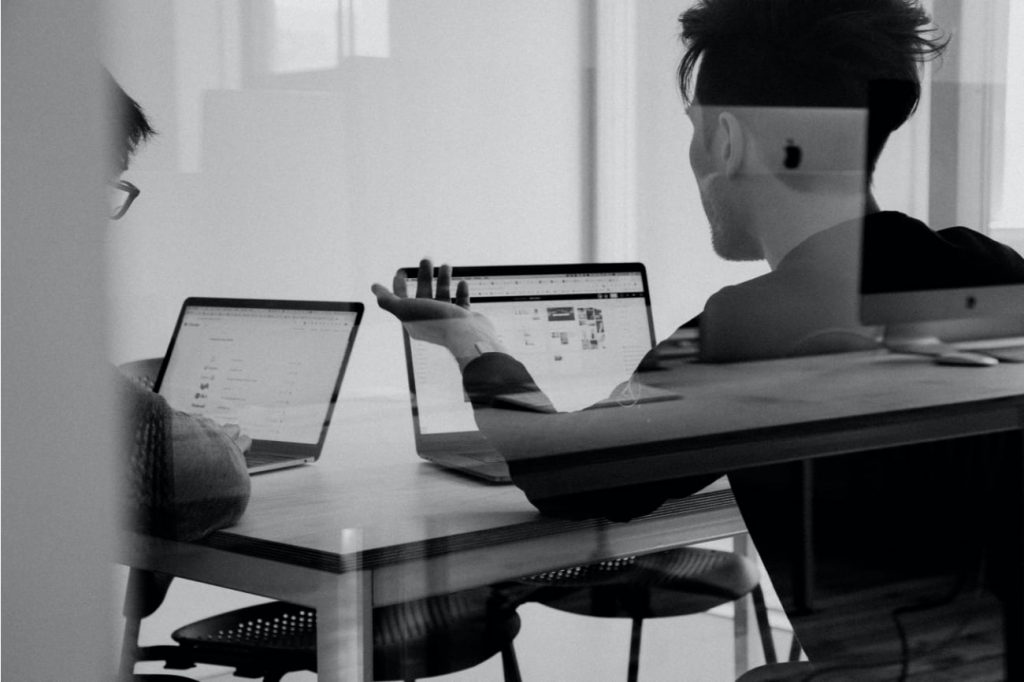Part two of this three-part interview series discussed how involved our Creative Director is in the strategy and conceptual phase of the design process and how she builds her design thinking framework and the creative process around branding and archetypal analysis. In the final installment of this interview, we discuss what information is most valuable before starting any design project, what software programs she uses, and how she works cross-functionally with the design team, content team, and developers.
What questions do you ask before starting any design project? What information is most valuable?
This largely depends on the type of project and the brand itself. Once we obtain all the required information to dive into a project, we move on to additional questions that often seem silly but generate a lot of understanding quickly. During a brand workshop, my favorites are if your brand had a celebrity persona, who would that be? If your brand was a car, what make/model would that be? It’s surprising how often we snowball off each other, having similar associations with these successful and authentic brands.
It’s worth noting that I often learn more about a client’s direction with questions about what they dislike rather than what they like.
What software programs do you use?
I am an Adobe loyalist. There are many great programs and resources available to designers, but for my needs, Adobe has been my toolkit for over ten years. It’s convenient (most of the time) that their programs can communicate with one another for easier workflow processes, too. Illustrator, Photoshop, InDesign, XD — these are our most-used programs.
How do you work cross-functionally with the design team, content team, and developers?
I like working with other teams because it challenges me to grow as a designer and a director.
Working with a design team is a symbiotic relationship that I enjoy because I get to come to the table with my previous experience and share what I’ve learned with others. In return, it’s so beneficial for me to work with other designers because it challenges and inspires me daily to improve and expand my perspective, interests, and taste.
Design and content have a reasonably collaborative process without being intrusive. There’s a good amount of back and forth that’s helpful for design to ensure we’re including everything the content team has worked on but also asking for feedback and editing to support the design goals. Design and content dance together when done well, taking steps forward and back until a proper rhythm is found. When a project comes together, that combined effort will look very harmonious.
 This is also true for development. When working on UX/UI design projects, I learn more with every developer I meet. Talking through projects and how they should perform with development has been a tremendous learning experience that I don’t think anyone could properly learn through webinars or classes. Since everyone works so differently, I’ve learned more about the many nuances of development. I’m grateful for every developer who has held patience for designers and our goals. We dream big and then say to them, ‘here, you can make this, right?’
This is also true for development. When working on UX/UI design projects, I learn more with every developer I meet. Talking through projects and how they should perform with development has been a tremendous learning experience that I don’t think anyone could properly learn through webinars or classes. Since everyone works so differently, I’ve learned more about the many nuances of development. I’m grateful for every developer who has held patience for designers and our goals. We dream big and then say to them, ‘here, you can make this, right?’
The Takeaway
Everything that surrounds us is the result of design. It’s a powerful force in our everyday lives that’s constantly evolving. Excellent design provides a better user experience and heightens the chance of success. We hope that this three-part interview series provided you with a better understanding of the design process and how it plays an integral role in all of our client projects, specifically branding.
